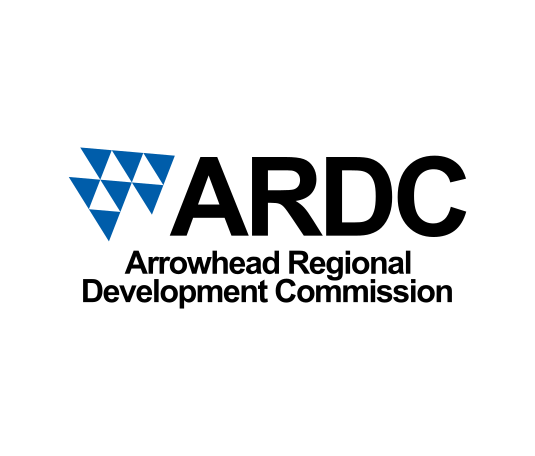The Arrowhead Regional Development Commission (ARDC) is a multi-disciplined planning and development organization serving the northeast Minnesota counties of Aitkin, Carlton, Cook, Itasca, Koochiching, Lake, and St. Louis. Our mission is to provide local units of government and citizens groups a means to work cooperatively in identifying needs, solving problems, and fostering local leadership.
Our work over the past year is compiled in our annual report, which can be viewed by clicking here. Our methods for allocating funds during the coming year are outlined in our cost allocation plan, which can be viewed by clicking here.
50 Years of ARDC
2019 marked the 50th anniversary of the Arrowhead Regional Development Commission (ARDC). Here’s a look back at 50 years of ARDC serving and working alongside the people of northeast Minnesota.
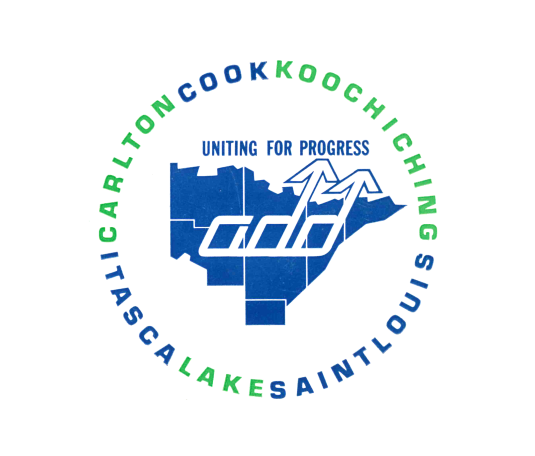
1968
The Arrowhead Regional Development Commission (ARDC) had its beginnings as an organization called the Arrowhead Economic Development District. Designated by the U.S. Department of Commerce on April 23, 1968, the District worked in northeast Minnesota to:
- increase employment and upgrade employment opportunities,
- improve environmental conditions,
- give equal opportunity for higher income levels to minority groups,
- develop natural resources, and
- overcome economic fluctuations caused by seasonal conditions.
1969
In 1969, the Minnesota legislature passed the Regional Development Act, which authorized the establishment of commissions to work with and on behalf of local units of government to develop plans or implement programs to address economic, social, physical, and governmental concerns of each region of the State.
The legislation also allowed existing Economic Development Districts to be designated as regional commissions. At this time, Aitkin, Carlton, Cook, Itasca, Koochiching, Lake, and St. Louis Counties officially joined together to form ARDC.


1970
In 1970, ARDC was designated as the Arrowhead Region’s regional Census data center. The agency kept Census records and assisted the Region with Census-related data requests.
After serving 40 years, this responsibility was retired from ARDC in 2010.
1972
In 1972, ARDC initiated the Arrowhead Planning Program on Aging (APPA). Soon after, states were required to designate regional Area Agencies on Aging (AAA) as a result of amendments to the federal Older Americans Act (OAA). ARDC’s APPA was designated the AAA for the Arrowhead Region.


1975
In a 1975 agreement between ARDC and Wisconsin’s Northwest Regional Planning Commission (NWRPC), the Duluth-Superior Metropolitan Interstate Council (MIC) was created as the metropolitan planning organization for the Duluth-Superior metropolitan area.
1979
In 1979, ARDC led a regional transportation pilot study in partnership with the Minnesota Department of Transportation. This pilot study led to ARDC becoming a regional transportation planning agency promoting coordinated and effective transportation services in northeast Minnesota.

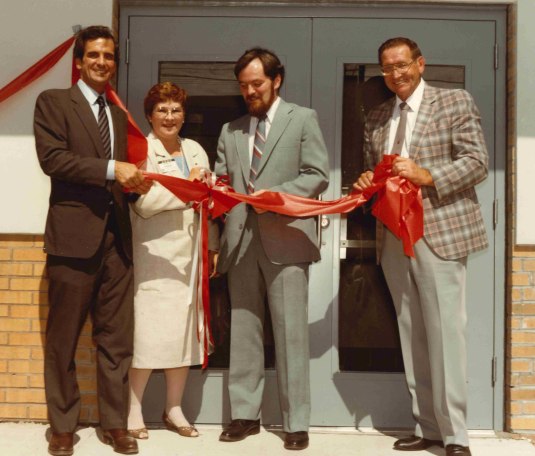
1985
ARDC celebrated its 15th anniversary with a new office, called the Arrowhead Center, in Duluth’s Canal Park in 1985. ARDC moved from this building in 1999.
1987
In 1987, ARDC presented an opportunity for small business owners to invest in their future with the development of the ARDC Revolving Loan Fund (RLF).

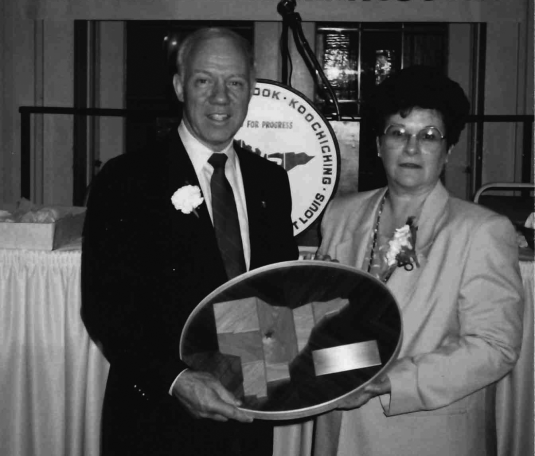
1994
ARDC celebrated its 25th anniversary in 1994 with a luncheon featuring roundtable sessions and a keynote address by U.S. Representative James Oberstar.
1996
In 1996, ARDC became a call center under the Minnesota Board on Aging’s Senior LinkAge Line® program, which provides a one-stop telephone call for older adults seeking information and assistance.
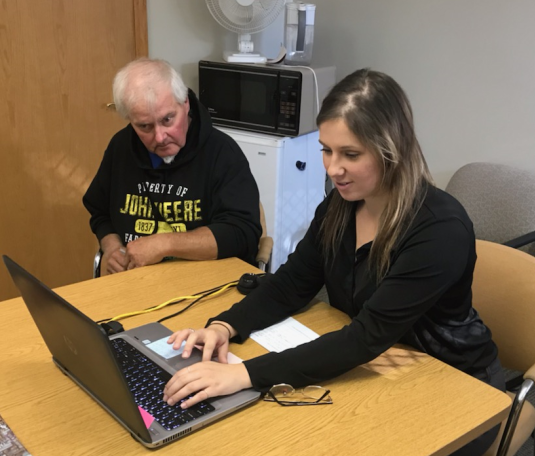
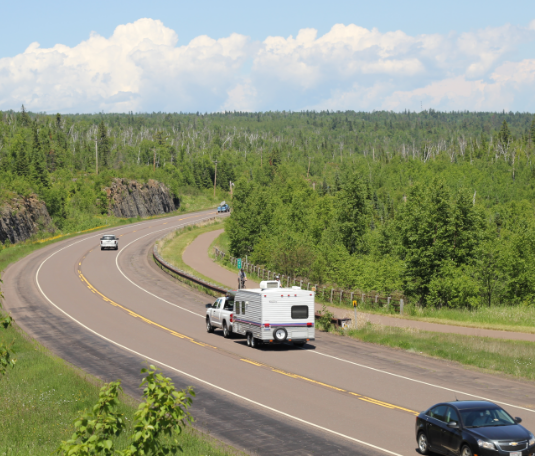
1999
In 1999, ARDC launched America’s Byways Resource Center, a center which provided education and training to scenic byways communities until 2012.
2019
ARDC celebrated its 50th anniversary in 2019 with a new look—for its offices and its branding. The new logo is based on an illustration of community development. This illustration presents community members as triangles, which point in the same direction and join in formation when they pursue a shared goal.
The logo also honors ARDC’s historic use of blue, gives nod to its legislatively-defined seven counties, and alludes to the geographic shape of the Region.
